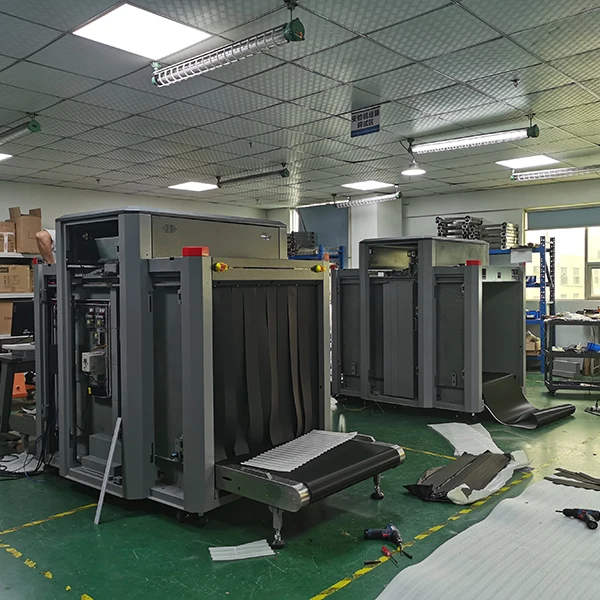Table of Contents
Understanding the Technology Behind Walk-Through Metal Detectors
Walk-through metal detectors are a common sight in airports, government buildings, and other high-Security areas. These devices play a crucial role in ensuring the Safety of individuals by detecting any metal objects that may pose a threat. But have you ever wondered how these detectors actually work?

At their core, walk-through metal detectors operate on the principle of electromagnetic induction. This technology relies on the fact that metal objects disrupt the flow of electromagnetic fields. When a person walks through the detector, any metal objects on their body will cause a disturbance in the electromagnetic field generated by the detector.
The detector consists of two primary components: transmitter coils and receiver coils. The transmitter coils generate a magnetic field, which is then disrupted by any metal objects in the vicinity. The receiver coils pick up these disruptions and send a signal to the control unit, which triggers an alarm if a metal object is detected.
To ensure accuracy, walk-through metal detectors are calibrated to detect specific types of metals. This calibration allows the detector to differentiate between harmless items like coins or keys and potentially dangerous objects like weapons. By adjusting the sensitivity Levels, security personnel can customize the detector to suit the needs of the Environment.
In addition to electromagnetic induction, some walk-through metal detectors also utilize additional technologies such as pulse induction or very low frequency (VLF) technology. These technologies enhance the detector’s ability to detect a wider range of metal objects and improve overall accuracy.
Pulse induction technology works by sending short bursts of electromagnetic pulses into the ground. When a metal object is present, it creates a secondary magnetic field that is detected by the receiver coils. This technology is particularly effective at detecting deeply buried or small metal objects that may be missed by other detection methods.
VLF technology, on the other hand, operates by transmitting a continuous wave of electromagnetic energy at a specific frequency. When a metal object disrupts this frequency, it is detected by the receiver coils. VLF technology is known for its sensitivity to small metal objects and its ability to discriminate between different types of metals.
Overall, walk-through metal detectors are a critical tool in maintaining security and preventing potential threats. By understanding the technology behind these devices, security personnel can effectively screen individuals for metal objects without causing unnecessary delays or inconvenience.
In conclusion, walk-through metal detectors operate on the principle of electromagnetic induction, which allows them to detect metal objects by disrupting the electromagnetic field. Additional technologies such as pulse induction and VLF technology enhance the detector’s accuracy and sensitivity. By utilizing these advanced technologies, walk-through metal detectors play a vital role in ensuring the safety and security of public spaces.
